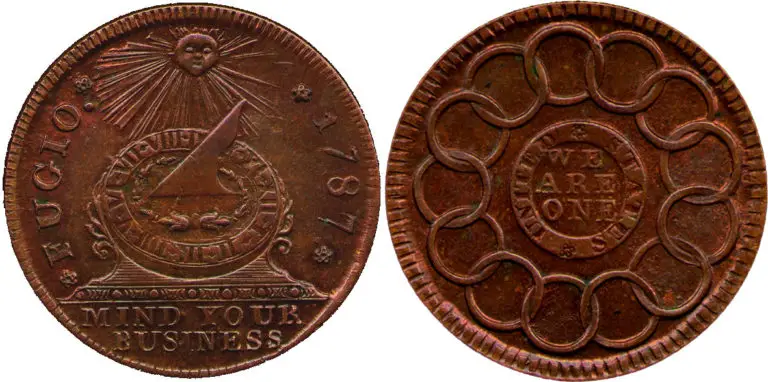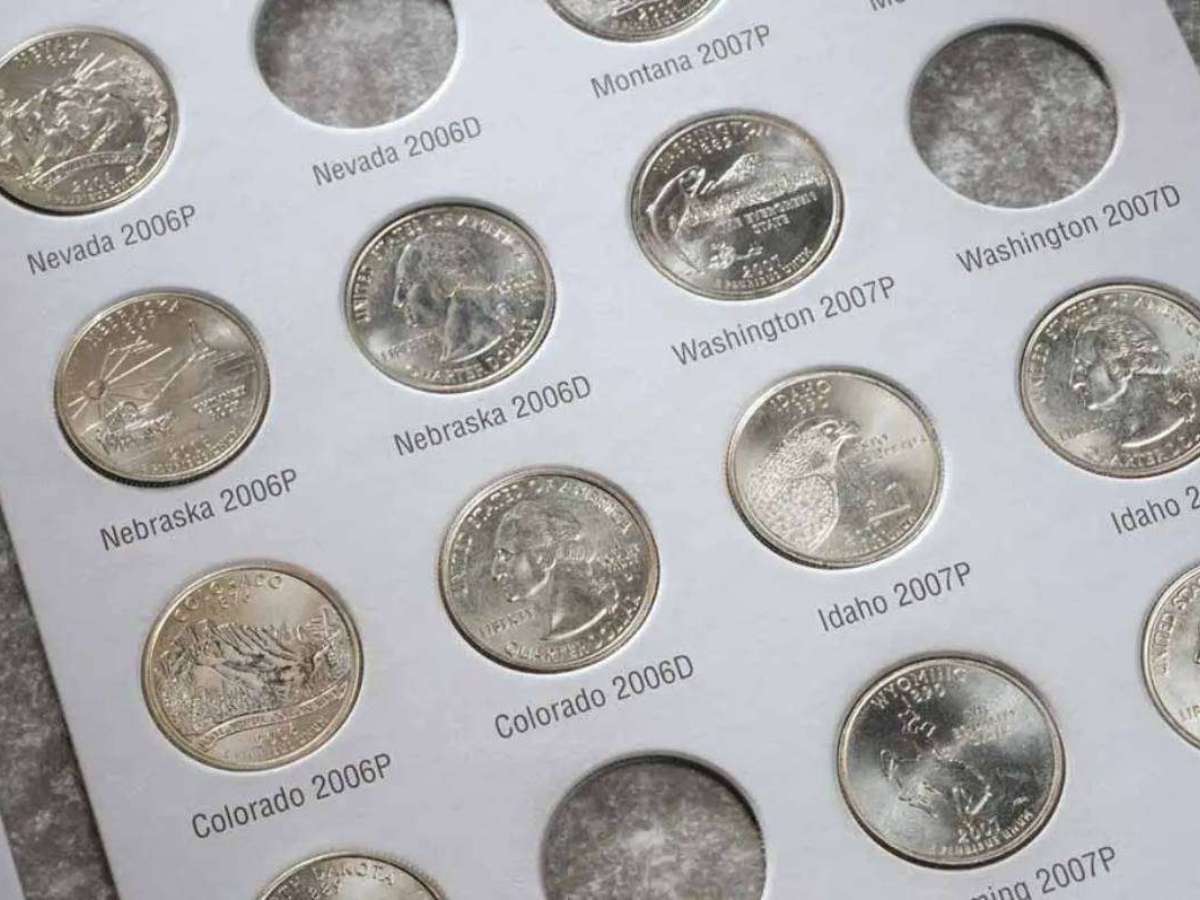History Of The Penny
Wondering when the first one-cent coin was made?
The U.S. penny has a history of being a very important coin in American commerce.
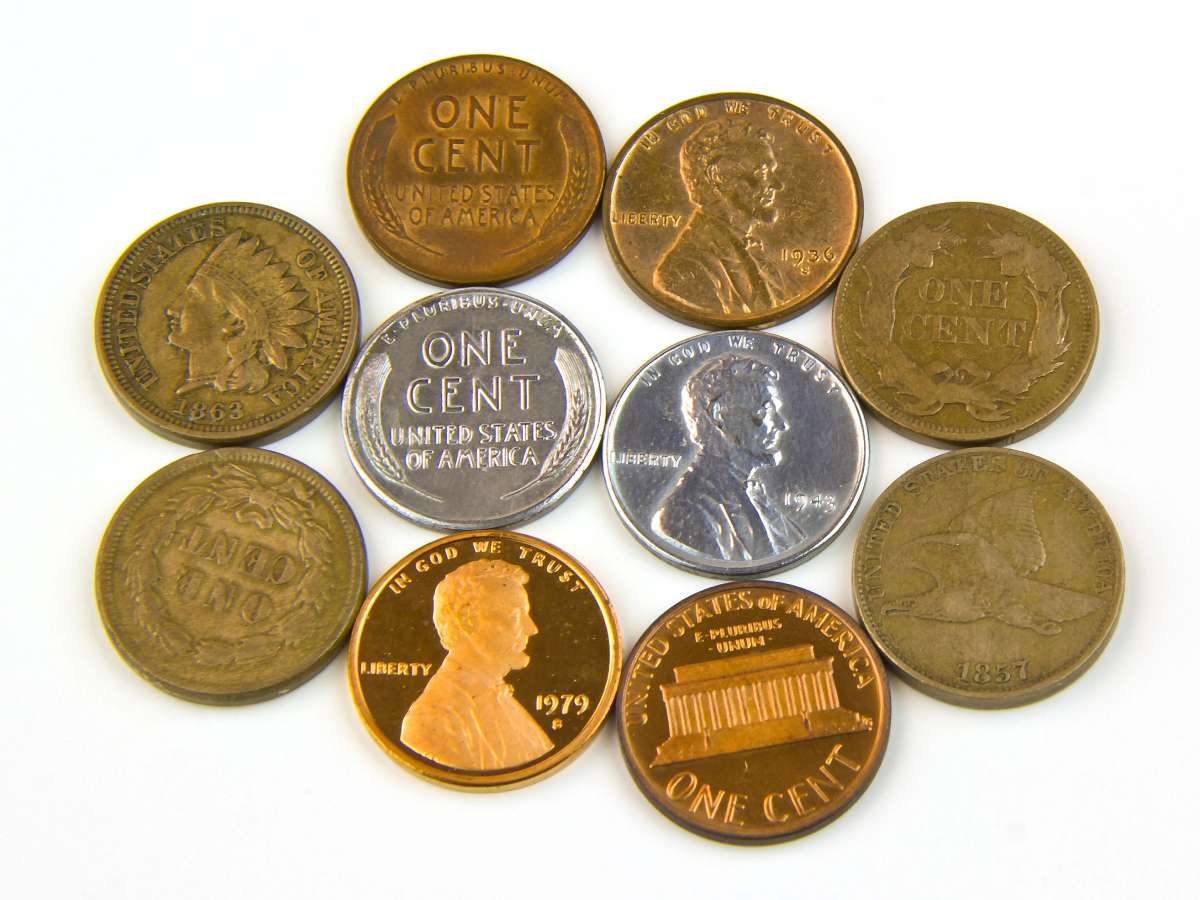
While it may no longer be able to buy its own candy (remember penny candy?), a shot at a game or glimpse of a short film in a penny arcade (do those even exist anymore?), or other fun things… at least the penny still helps us pay for sales tax when buying items at the store.
Pennies also make fun gifts and rewards for young kids. And they’re a great way to start teaching kids about money and counting!
The History Of The U.S. Penny
The U.S. penny goes back a long way.
Benjamin Franklin designed the first U.S. penny in 1787.
That penny, called a Fugio cent, is a one-cent coin that remains popular today as a collector coin. However, it didn’t see the same kind of widespread use as the one-cent coins struck by the U.S. Mint.
The U.S. Mint opened for full-time coin production in 1793, and the one-cent coin was among the very first coins struck at the U.S. Mint that year.
The first pennies struck at the U.S. Mint were much larger than the modern one-cent coins we are accustomed to using today. They were actually called Large cents. The large one-cent coins made from 1793 to 1857 measured nearly the diameter of a modern half-dollar!
From Large Cents To Small Cents
As the value of the one-cent coin dropped, so did Americans’ tolerance of carrying around a bunch of heavy, large one-cent coins in their pockets and purses.
In 1856, a limited number of small cents with a Flying Eagle design on the obverse were made.
In 1857, millions of Flying Eagle cents were made.
By the end of 1857, the Large cent was a thing of the past — because the small cent had arrived.

While the Flying Eagle design carried on until only 1858, the next small cent design (the Indian Head cent) lasted from 1859 all the way until 1909 when Lincoln pennies were first struck.
Indian Head pennies were made in many years by the tens of millions. They remain highly common today — even though they haven’t been seen in circulation with any bit of frequency for decades.
The Modern U.S. Penny: The Lincoln Cent
In 1909, the famous Abraham Lincoln portrait was first used on the obverse (heads side) of the U.S. penny. It’s the longest-running coin design ever in the United States.
Victor David Brenner designed the Lincoln cent. He also designed the wheat stalks that appeared on the reverse of Lincoln cents made from 1909 through 1958 — until the Lincoln Memorial appeared on the U.S. penny (1959-2008).
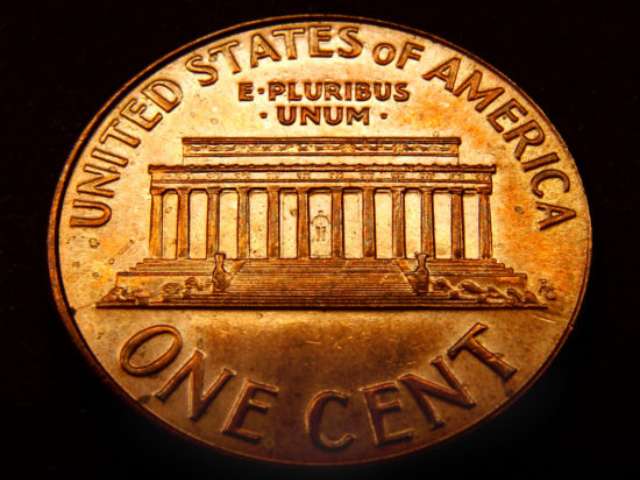
In 1943, the copper that had been traditionally used in pennies was removed for 1 year to reserve copper for the artillery needed during World War II. That was the year that steel cents were made. Copper returned to the U.S. penny in 1944 — and the Lincoln penny contained mostly copper until 1982.
In 1959, the Lincoln Memorial replaced the wheat ears that had been on the reverse the coin since the first Lincoln cent in 1909. Lincoln Memorial pennies soon became just as much a part of the American fabric as the Lincoln wheat pennies of earlier years. In fact, there are plenty of young people who have never seen a Lincoln wheat cent — because they’re usually tucked away for safekeeping in jars, bags, and boxes these days.
As the Lincoln cent reached its 70s, the price of copper began rising. The United States Treasury decided to change the composition of the Lincoln cent because the price of copper had simply gotten too expensive. In 1982, the Lincoln cent went from a 95% copper composition to a 2.5% copper coin.
Because of rising copper prices, the U.S. Treasury authorized the usage of a copper-plated zinc as the composition for the one-cent coin. This resulted in some 1982 pennies being made mainly of copper and others being struck with a zinc core.
All U.S. pennies made for circulation since 1983 contain a zinc core covered with a thin plating of copper.
In 2009, the Lincoln Memorial designed that had appeared on the reverse of Lincoln cents since 1959 was permanently removed to feature a special series of 4 designs honoring the life of Abraham Lincoln.
In 2010, a new permanent reverse design featuring a Union shield was placed on all Lincoln cents.
Here’s more about small cents vs. large cents — plus examples of all the pennies mentioned in this article.
The History Of Collecting Lincoln Pennies
The Lincoln cent was an instant success from the day it was released.
People lined up for city blocks just to get a couple examples from their local banks. In fact, Lincoln pennies were already selling for more than face value in the weeks immediately after their release, and there simply weren’t enough available from banks and the U.S. Mint to satisfy the demand!
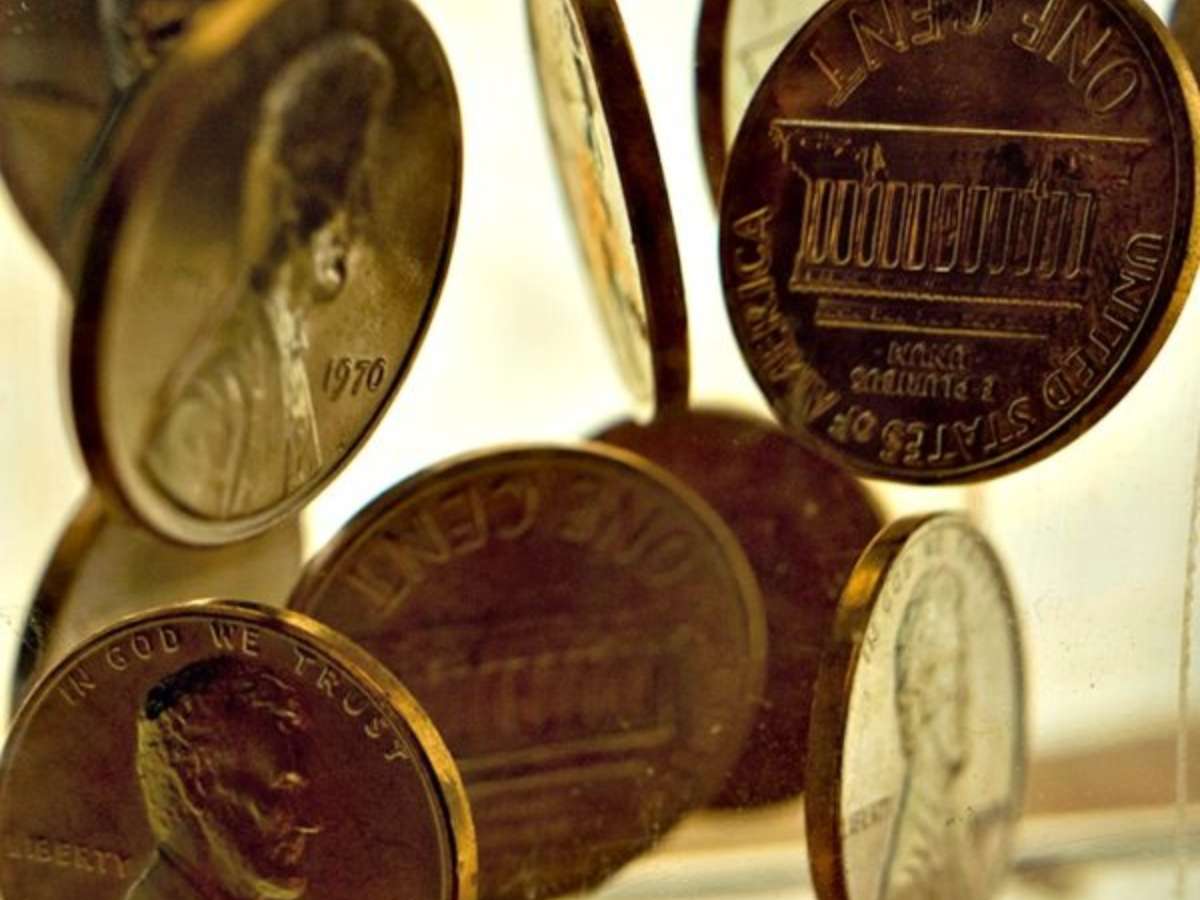
While Lincoln cents were popular with the public, they didn’t hit the big time among coin collectors until the mid-1930s. That’s when the first coin boards designed for holding Lincoln cents were released. Right away, sales of the first penny boards went crazy, and so did the nationwide enthusiasm for filling up those coin boards with Lincoln cents.
It was then that coin collectors first became aware of how rare the 1914-D cent is. It’s also when the popularity of the 1922 plain cent increased — after all, people wanted something to fill the gap in boards where they thought a ‘Philadelphia’ cent should go.
By the 1940s, coin folders, coin albums, and other coin holders had been released to fulfill the demand for coin collectors who were assembling sets of Lincoln cents.
By the 1950s, values for some of the scarcer Lincoln cents had begun to escalate substantially. This only further helped drive the popularity of obtaining rare issues like the 1909-S VDB, 1909-S, 1914-D, and 1931-S Lincoln cents.
Learn more about the history of coins and coin collecting.
History Of The Penny As Currency
While the U.S. penny can be traced back to 1787, the history of the penny as a form of currency goes back much further in time.
The first pennies were made all the way back in 790 A.D. Now, that’s a long time ago!
Pennies are actually British in origin. In fact, Great Britain is actually the only country to have a denomination that is officially called the penny.
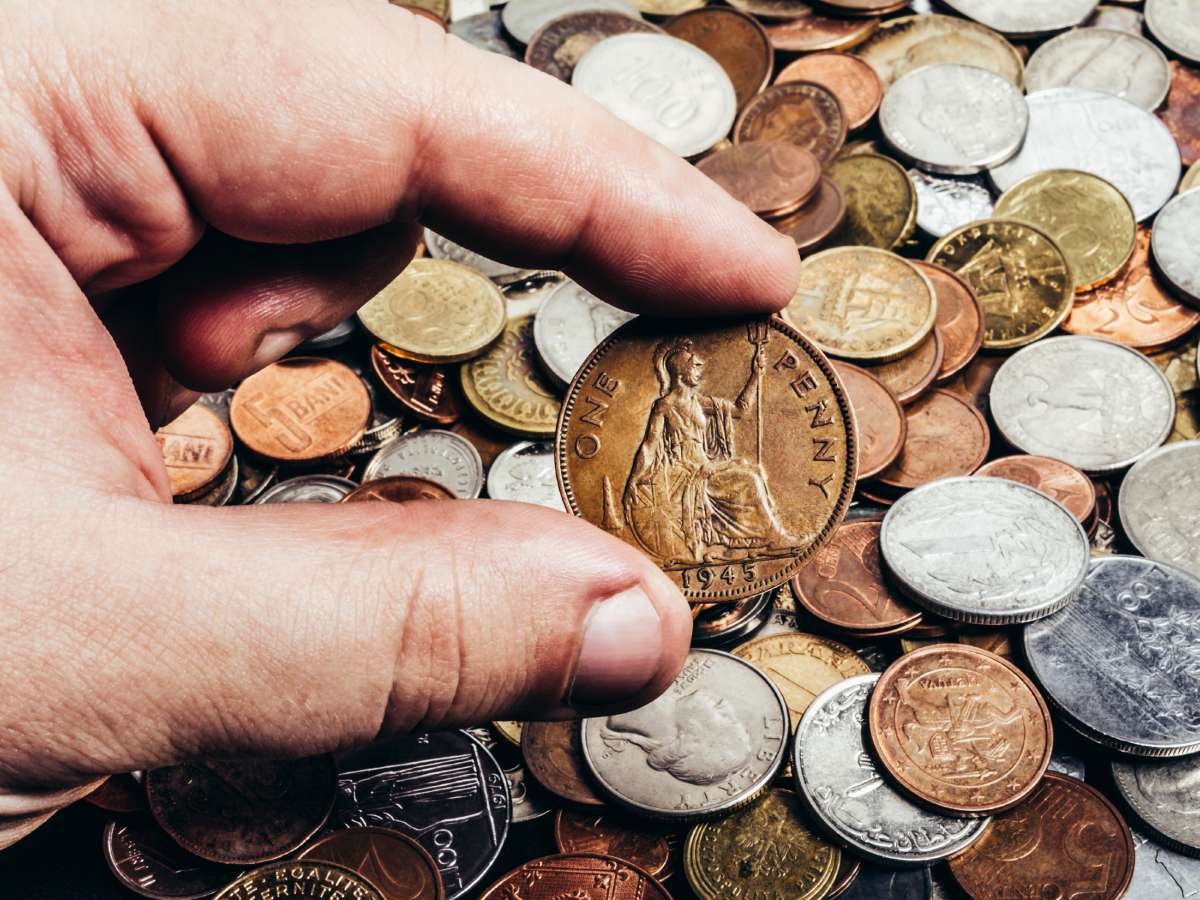
NOTE: We in the United States have been calling our one-cent coins “pennies” for centuries — largely because our one-cent coin was inspired by the British penny. However, the one-cent coin or cent is the official name of the coins we endearingly call pennies.
Here’s a short video I made about the history of the penny:

